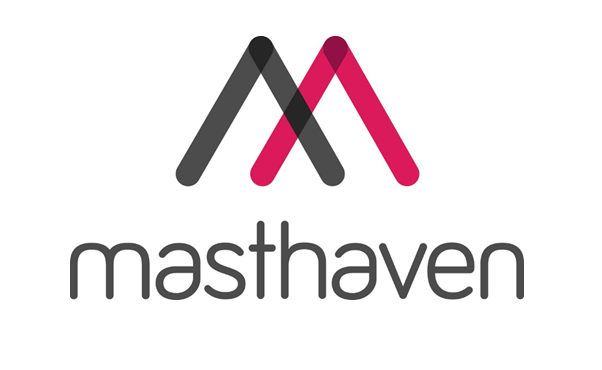They understand that electronic change might have a confident affect optimising businesses; empowering staff; appealing people; transforming services and products; and assisting internationalisation. Specifically, worker empowerment jumped from being the smallest amount of crucial benefit in 2018 to a single of the biggest great things about digital change in 2020, particularly for media to spacious SMEs.
Fig. 3: SMEs recognise these five key benefits associated with adopting digital transformation.
While levels of consciousness and use of digital improvement have raised since 2018, SMEs consistently see just  average levels of profits within digitalisation journey. Only two in five enterprises (39 per cent) see her electronic execution to be successful – a small enhancement from 28 % 2 years ago. However, Singapore SMEs remain positive regarding the prospective effect digital improvement results in with their bottom-lines. Those who are amid applying digital initiatives projected that her opportunities would provide 23.5 % in expense discount and 26.5 percentage in earnings increases – hook enhance from 22 per cent and 26 % in 2018 correspondingly.
average levels of profits within digitalisation journey. Only two in five enterprises (39 per cent) see her electronic execution to be successful – a small enhancement from 28 % 2 years ago. However, Singapore SMEs remain positive regarding the prospective effect digital improvement results in with their bottom-lines. Those who are amid applying digital initiatives projected that her opportunities would provide 23.5 % in expense discount and 26.5 percentage in earnings increases – hook enhance from 22 per cent and 26 % in 2018 correspondingly.
Fig. 4: SMEs have actually a growing appetite for much more advanced level digital technologies.
Ms Irene Boey, vice-president, Membership & Instruction, ASME, stated: “It is encouraging to see that most Singapore SMEs understand digital change and now have adopted some kind of electronic tech since 2018. However, digital transformation requires more than simply updating technology or following another system – really never ever about tech for tech’s purpose. Success and benefits derived from electronic improvement can just only be achieved if these ways is obviously aligned with SMEs’ business targets. Issues such as workforce skill also bring a pivotal character in ensuring the success of digital projects in almost any company, therefore the necessity for SMEs to construct competencies in locations for example information analytics. As data from learn suggests, additional guidelines are agreed to SMEs to assist them strategise, upskill and precisely power federal government funds to funnel the total room of advantages of digital improvement.”
“At Microsoft, a substantial element of all of our organization is centered on empowering Singapore SMEs and supplying these with entry to the mandatory information to thrive – in a COVID-19 world and past. Even as we adjust to the difficulties posed because of the international pandemic, control and collaboration is paramount to support this important part of Singapore’s businesses. We’ll manage functioning directly with industry lovers, organizations, regulators and other corporates to aid our SMEs supercharge their own electronic improvement journey, and arise healthier out of this problems,” included Mr Chatrath.
SMEs need stayed a key focus for Microsoft in Singapore. Within the last five years alone, Microsoft has already reached more 100,000 unique SME consumers through over 1,000 cloud couples, that frequently local SMEs on their own.
For more information on Microsoft in smaller businesses, please visit the Microsoft Singapore businesses Portal.
For additional information on ASME, please visit http://www.asme.org.sg
[1] The SME Digital Transformation research by Microsoft Singapore polled 400 SME choice manufacturers in Singapore to understand her electronic transformation trips.
Respondents are Singapore SME owners or they and business choice designers involved in creating her companies’ electronic technique
SMEs in Singapore tend to be understood to be businesses that is subscribed and operating in Singapore, with no less than 30% regional shareholding AND party yearly marketing turnover of decreased that S$100m otherwise employment measurements of only 200 people.
SMEs polled cover over 15 industries including Manufacturing, Engineering, Real Estate, Information Technology, building, health, training etc.
[2] according to the review, medium providers reference people that have 25-99 workers while medium-large organizations reference individuals with 100-499 staff members.
Schreibe einen Kommentar